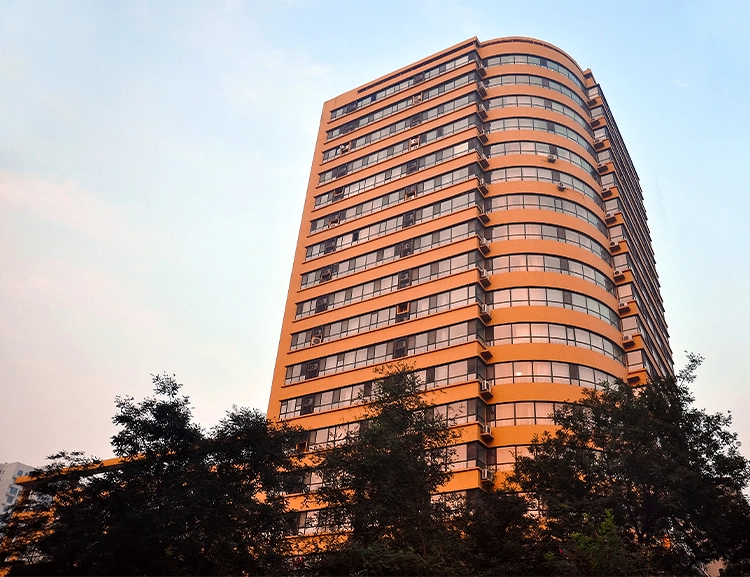Mobile:+86-311-808-126-83
Email:info@ydcastings.com
aluminium slab casting
Aluminium Slab Casting An Overview
Aluminium slab casting is a crucial process in the manufacturing of aluminium products used across various industries, including aerospace, automotive, construction, and packaging. This method involves the transformation of molten aluminium into solid slabs that can be further processed into various forms such as sheets, plates, and extrusions, which have extensive applications in engineering and manufacturing.
The procedure of aluminium slab casting typically begins with the melting of aluminium scrap or ingots in a furnace. This is achieved through electric melting processes that ensure a high level of purity in the molten metal. Once the aluminium reaches its liquid state, it is then poured into a casting mold. This usually consists of two parts that are tightly clamped together to maintain the desired shape of the slab. The shape of the mold, along with the cooling rates, determines the final characteristics of the aluminium slab, including thickness and surface properties.
After the molten aluminium is poured into the mold, it begins to solidify. This solidification is a critical phase in the casting process, as it impacts the mechanical properties and microstructure of the resulting slab. Different cooling methods, such as water cooling or air cooling, can be applied to achieve specific thermal profiles that influence the cooling rates and the resulting grain structure of the aluminium. The goal is to achieve a homogenous slab with minimal internal defects, which ensures optimal performance in subsequent applications.
Once solidification is complete, the cast slabs are removed from the molds and typically undergo a process known as hot rolling. This involves passing the slabs through rollers at elevated temperatures, thereby reducing their thickness and improving their mechanical properties through work hardening. This hot rolling process results in finished products that possess improved strength and durability.
aluminium slab casting

Quality control is paramount in aluminium slab casting. Rigorous testing is conducted to ensure that the slabs meet industry standards. This includes checks for physical dimensions, surface quality, and internal structure. Techniques such as non-destructive testing (NDT) can be employed to detect any flaws without damaging the product, thereby ensuring reliability and performance in end-use applications.
Moreover, advancements in casting technology have led to the development of continuous casting processes, which offer significant benefits over traditional methods. Continuous casting enables the production of aluminium slabs in a more efficient and cost-effective manner by maintaining a constant flow of molten metal into the casting mold. This results in fewer defects, reduced processing time, and enhanced overall productivity.
The sustainability aspect of aluminium slab casting cannot be overlooked. Aluminium is a highly recyclable material, and the casting process itself can be implemented using a significant proportion of recycled scrap aluminium. This not only reduces the environmental impact associated with primary aluminium production but also supports a circular economy by maximizing the material's lifecycle.
In conclusion, aluminium slab casting is an essential component of the aluminium manufacturing process that serves as the foundation for producing a wide range of aluminium products. With its implications in improving product performance, fostering technological advancements, and promoting sustainability, the future of aluminium slab casting appears promising. As industries continue to evolve and demand for high-performance materials increases, innovations in slab casting techniques will play a pivotal role in meeting these challenges.
-
Impeller Technology That Powers Precision in Pump SystemsNewsMay.22,2025
-
Valve Durability Begins with Quality Cast Iron ComponentsNewsMay.22,2025
-
Performance Cooling with Advanced Automobile Water Pump SolutionsNewsMay.22,2025
-
How Motor Housing and Oil Pans Shape Engine PerformanceNewsMay.22,2025
-
How Metal Castings Drive Modern Manufacturing EfficiencyNewsMay.22,2025
-
Exploring the Engineering Behind Valve Body CastingsNewsMay.22,2025











